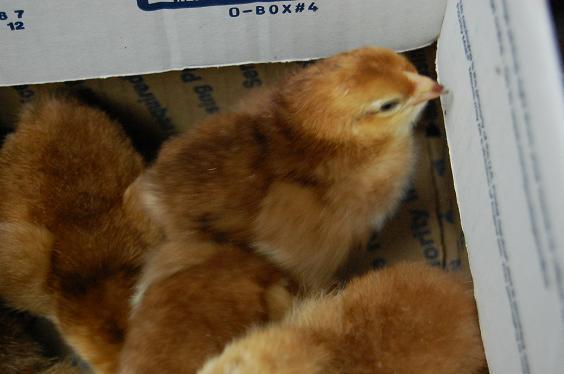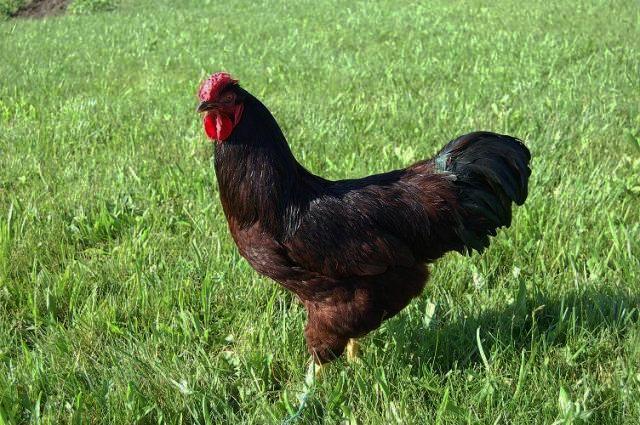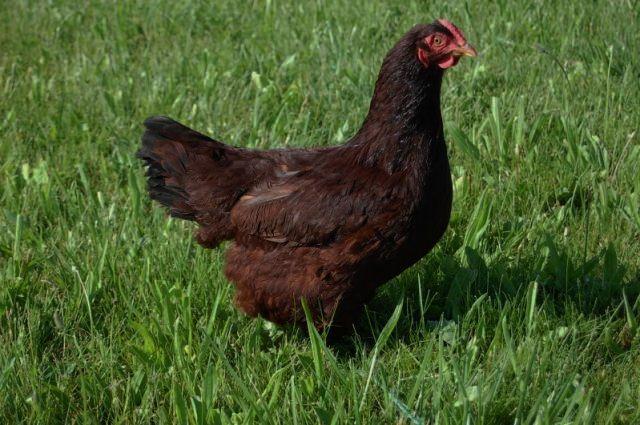Quote:
A breed is either Autosexing or it is not there is no, "semi-autosexing" breeds that I am aware of or herd of.
A breed is either Autosexing or it is not there is no, "semi-autosexing" breeds that I am aware of or herd of.
Have you looked for markings on the wings
If there any good reds they will not have marking on there wings at hatch.
These are are Rose Comb R.I. Red chicks.

These are there parrents


If there any good reds they will not have marking on there wings at hatch.
These are are Rose Comb R.I. Red chicks.

These are there parrents


Last edited:


